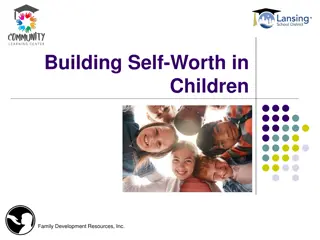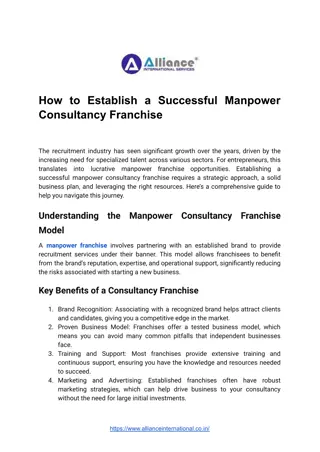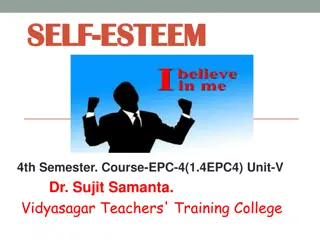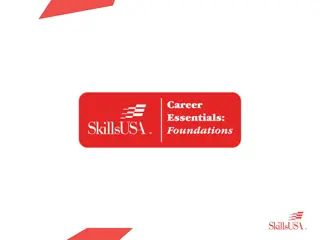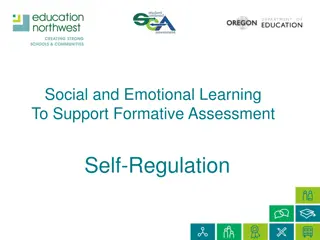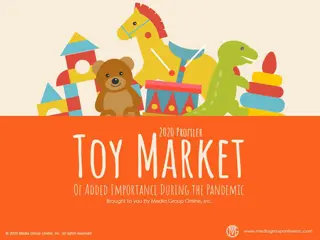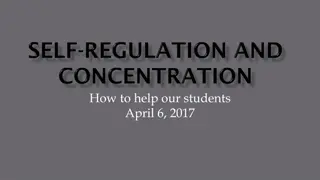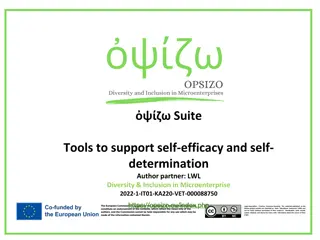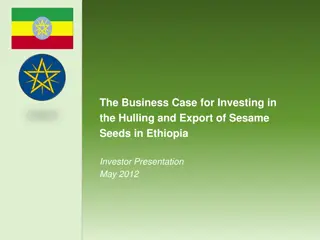Insights into the Lucrative Self-Help Industry
The self-help market, valued at $9.9 billion in 2016, is projected to hit $13.2 billion by 2022. As Baby Boomers shift focus to Millennials, digital platforms like online courses and podcasts are gaining traction. Life coaches cater to personal improvement, with 18,267 businesses primarily serving high-income households. Speaking engagements, transformational books, and self-improvement seminars remain key facets. Gender and demographic trends show a preference among women and middle-aged, affluent individuals for personal development pursuits.
Download Presentation

Please find below an Image/Link to download the presentation.
The content on the website is provided AS IS for your information and personal use only. It may not be sold, licensed, or shared on other websites without obtaining consent from the author. Download presentation by click this link. If you encounter any issues during the download, it is possible that the publisher has removed the file from their server.
E N D
Presentation Transcript
Becoming a Better You The self-help market, or personal development or self-improvement, generated $9.9 billion during 2016, and is projected to increase 5.6% annually through 2022 to reach $13.2 billion. Baby Boomers have primarily driven the industry, but as they age and their gurus retire or pass, the market is shifting its focus to Millennials, who are digitally savvy and typically do not have thousands to invest to attend a seminar. During the past, the primary distribution methods were in-person seminars and retreats; now information is accessed through online courses, podcasts and Webinars, downloads, mastermind groups and phone coaching.
The Life Coach The market for life coaches is paradoxical: when people feel less confident, there is a higher demand for life coaches. Typically, however, people feel less confident during difficult economic times and they are less able to afford to hire a life coach. Personal coaching, nevertheless, is the 2nd fastest growing industry worldwide. High-income household are the major market for life coaches. According to IBISWorld, there are 18,267 life- coaching businesses, most of them solopreneurs. Life coaches help clients with personal improvement, family and relationship challenges, financial issues, leadership, careers and weight loss/fitness. There is no regulation of the industry or certification required, causing some skepticism in the market.
Making an Excellent Living from Speaking The self-help consumer seminar market is in decline, as the largest market, the Millennials, are unable to afford the time or expense to travel to a daylong or multi-day, in-person seminar. The most successful self-help speaker is Tony Robbins, who earns more than $80 million annually and is worth an estimated $480 million. Speaking fees for the top motivational speakers are as much as $75,000 per speech. The speaking market has shifted to corporate events, including leadership retreats for executives, industry trade shows and on-site training. Popular topics include leadership, communications, cultural sensitivity and gender issues, such as sexual harassment.
Transformational Books Self-improvement books are an $800-million market that is increasing 6% per year. Almost every self-help guru has written one or more books, and they are used as a low-cost promotion to attract customers to online classes, personal coaching, etc. Self-improvement audio books generated almost as much revenue as print/digital books, at $769 million, with a 5.6% growth rate. Audio book sales have increased in the double digits for the past 3 years and more than 24 million American adults listen to them. The top two selling self-help books on Amazon during June 2018 were The 7 Habits of Highly Effective People (Kindle) by Stephen R. Covey and 12 Rules for Life (audio) by Jordan B. Peterson.
Who Is Investing in Personal Development? Seven of ten self-improvement book buyers and seminar attendees are women. Self- improvement customers tend to be middle- aged, affluent and live on the two US coasts. Most people who embark on a self- improvement program abandon one and go to another, looking for quick results. According to a 2015 study from Pew Research, 94% of Millennials, 84% of Baby Boomers and 81% of Gen Xers reported making personal improvement commitments. Millennials are more focused on saving more money and less focused on losing weight
More About the Self- Improvement Market During the first quarter of 2018, the top 10 self-care apps in the US generated $15 million in combined iOS and Android revenues, 90% of which was from two apps, Calm and Headspace, which focus on stress reduction and meditation. Consumers are wary of self-help gurus who give advice that is too general or is not based on data. Some gurus have been exposed as scammers or frauds. Customers are more focused on building practical skills, such as business and financial, and less focused on spiritual and emotional improvement.
Advertising Strategies Your station may be one of those in your market that air long-form, self-help infomercial during weekend afternoons opposite sports. Offer the company or host a digital add-on package on your station s Website pages with content most likely to attract women. If you air these infomercials or accept advertising for scheduled seminar in your market, then those companies and/or individuals offering financial information are more likely to generate a larger audience. Recommend to any clients of this type that they offer proof of the validity of their advice with charts and numbers and practical, actionable steps, so the audience can benefit, immediately.
New Media Strategies Frequently post testimonial videos of happy clients on your Website and linked to many of your outgoing marketing communications. Constantly nurture your existing customers via email and free or discounted programs to make sure they do not stray to another guru and buy more of your content and training. Create short videos targeting Millennials specifically and focused on money-saving tips and financial helps. Offer them in a lower-cost package that Millennials can afford, which could result in longer-term relationships to spend more money when they are older.





